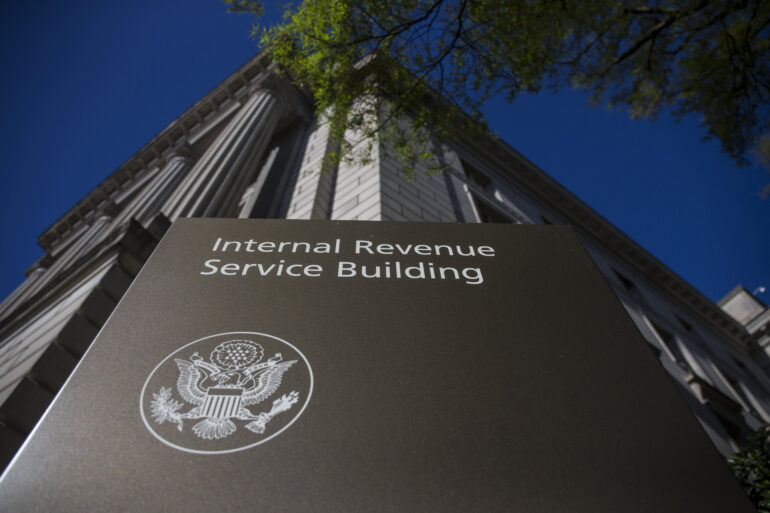TL;DR:
- IRS uses AI to combat tax evasion by affluent individuals and businesses.
- AI to audit 75 major partnerships in the US, including hedge funds, real estate investors, and law firms.
- IRS Commissioner highlights AI’s role in pattern recognition and risk assessment.
- Focus on high earners experiencing declining audit rates over the past decade.
- Program targets individuals with incomes above $1 million and significant tax debt.
- Expansion of scrutiny to encompass digital assets and non-compliant taxpayers.
- IRS previously initiated AI efforts in income tax accounting and introduced voice/chatbots for taxpayer assistance.
Main AI News:
Internal Revenue Service (IRS) is leveraging the power of artificial intelligence (AI) to scrutinize the financial activities of affluent individuals and businesses. This initiative marks a pivotal moment in the agency’s ongoing transformation, catalyzed by a substantial influx of funds from the Inflation Reduction Act. The IRS has unveiled plans to deploy AI technology to audit the 75 largest partnerships in the United States by the end of this month. This list includes high-profile entities such as hedge funds, real estate investors, publicly traded companies, and prominent law firms, each boasting an average of $10 billion in assets.
IRS Commissioner Daniel Werfel articulated the significance of AI in this endeavor, stating, “For AI, it helps us with pattern recognition and trends we could not see before. It’s helping us to figure out some of those who present the greatest risk of noncompliance, in other words, who are the large partnerships that are shielding income and where will we find it.“
The decision to employ AI is emblematic of the IRS’s renewed commitment to combatting sophisticated tax evasion tactics employed by the wealthiest individuals. The agency’s statement highlighted the parallel deployment of “dozens of Revenue Officers” and enhanced technological infrastructure in tandem with AI.
“The effort,” the statement elaborated, “will center on adding more attention on wealthy partnerships and other high earners that have seen sharp drops in audit rates for these taxpayer segments during the past decade.”
According to official reports, the program will zero in on individuals with reported incomes exceeding $1 million, who also carry more than $250,000 in recognized tax debt. Notably, this category encompasses 1,600 taxpayers collectively owing hundreds of millions of dollars in taxes. Furthermore, the IRS intends to expand its scrutiny to encompass digital assets, as it has noted that a staggering 75 percent of taxpayers who engage with digital asset exchanges do not adhere to tax regulations.
Conclusion:
The IRS’s adoption of AI for targeting wealthy taxpayers and partnerships signifies a proactive approach to address tax evasion among high-income individuals and entities. By leveraging AI’s pattern recognition capabilities, the IRS aims to identify and mitigate risks associated with tax noncompliance, particularly within partnerships that have seen declining audit rates in recent years. This move also extends to individuals with substantial incomes and tax debt, and the expansion into digital asset scrutiny reflects the IRS’s commitment to evolving tax regulations. Overall, this development underscores the IRS’s commitment to enhancing tax compliance in a rapidly changing financial landscape.

